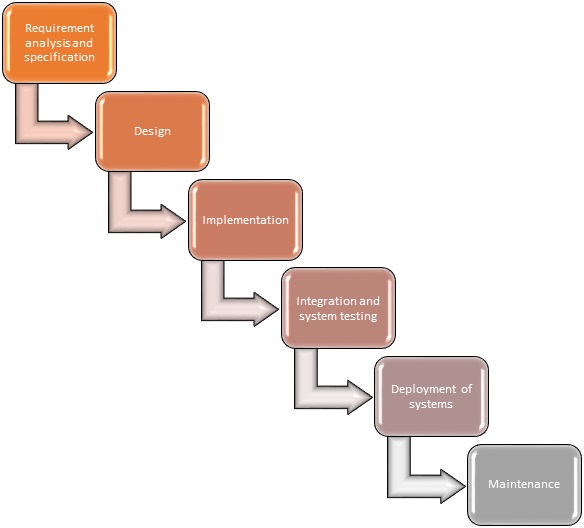Home »
Software Engineering
Iterative Waterfall Model in SDLC
In this tutorial, we will learn about the iterative waterfall model in software life cycle model (SDLC).
By Monika Sharma Last updated : April 05, 2023
What is Iterative Waterfall Model in SDLC?
The iterative waterfall model was proposed to overcome the shortcomings of the classical waterfall model. The main drawback in the classical waterfall model was that any sort of error in any of the phases was detected at the end of the entire lifecycle, i.e. after the deployment of the software, and as it was not possible to head back to the previous states in the classical waterfall model, it was very annoying for both the customers and developers for not being able to fix the errors even after knowing them. So, to overcome this problem, an enhanced version of the classical waterfall model was introduced which was called Iterative Waterfall Model in Software Life Cycle Model (SDLC).
As the name suggests, in this model, iterations are allowed. What this means is that, in this type of model, the developers are free to go into the previous phases of development to make any sort of modification or changes. This is possible because, in this model, there are feedback paths provided for every phase and no matter in which phase you are working, you can always go back to the previous phases and make the necessary changes.
Iterative Waterfall Model Phases
All the phases of Iterative Waterfall Model in Software Life Cycle Model (SDLC) are almost the same as they were in the classical waterfall model, and these phases are:
- Requirement analysis and specification
- Design
- Implementation (Coding and unit testing)
- Integration and system testing
- Deployment of systems
- Maintenance
A general overview of Iterative Waterfall Model in Software Life Cycle Model (SDLC) can be made with the help of the following diagram:

Iterative Waterfall model (a type of Software lifecycle model)
General comparison of the classical waterfall model and Iterative Waterfall Model
Each phase of this model is the same as the classical waterfall model. The only advancement that Iterative Waterfall Model in Software Life Cycle Model (SDLC) has over classical waterfall model is that in the iterative model, we have feedback paths that link every phase with one another and with the help of those, we can anytime go to the previous phases and make the modifications that may be required in the software in the later phases of the development.
Advertisement
Advertisement